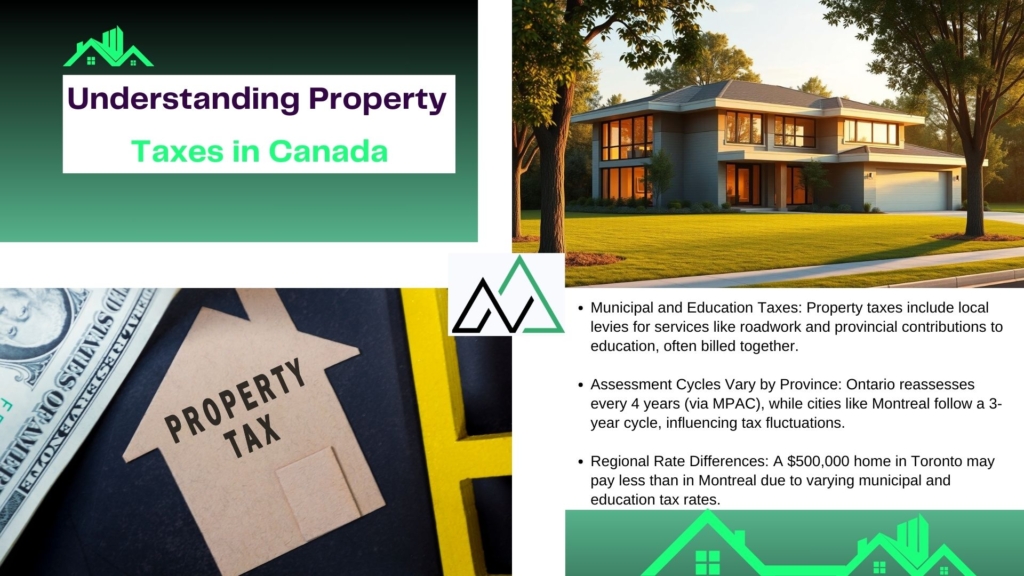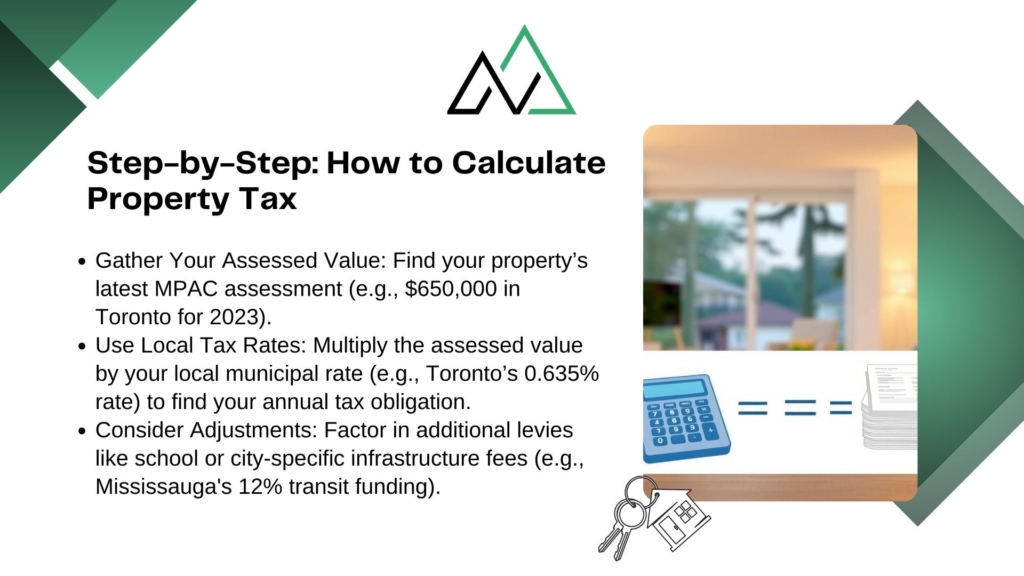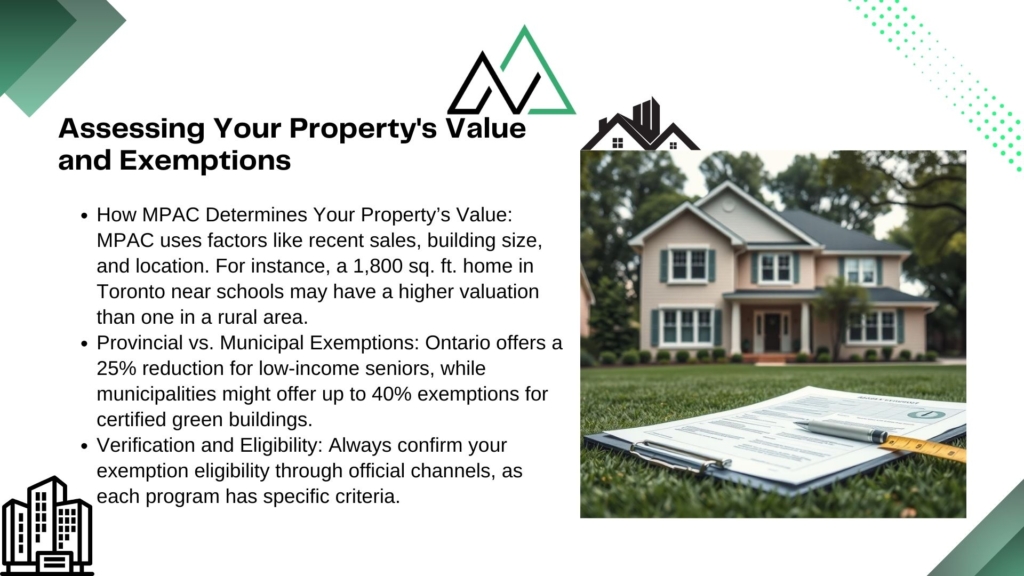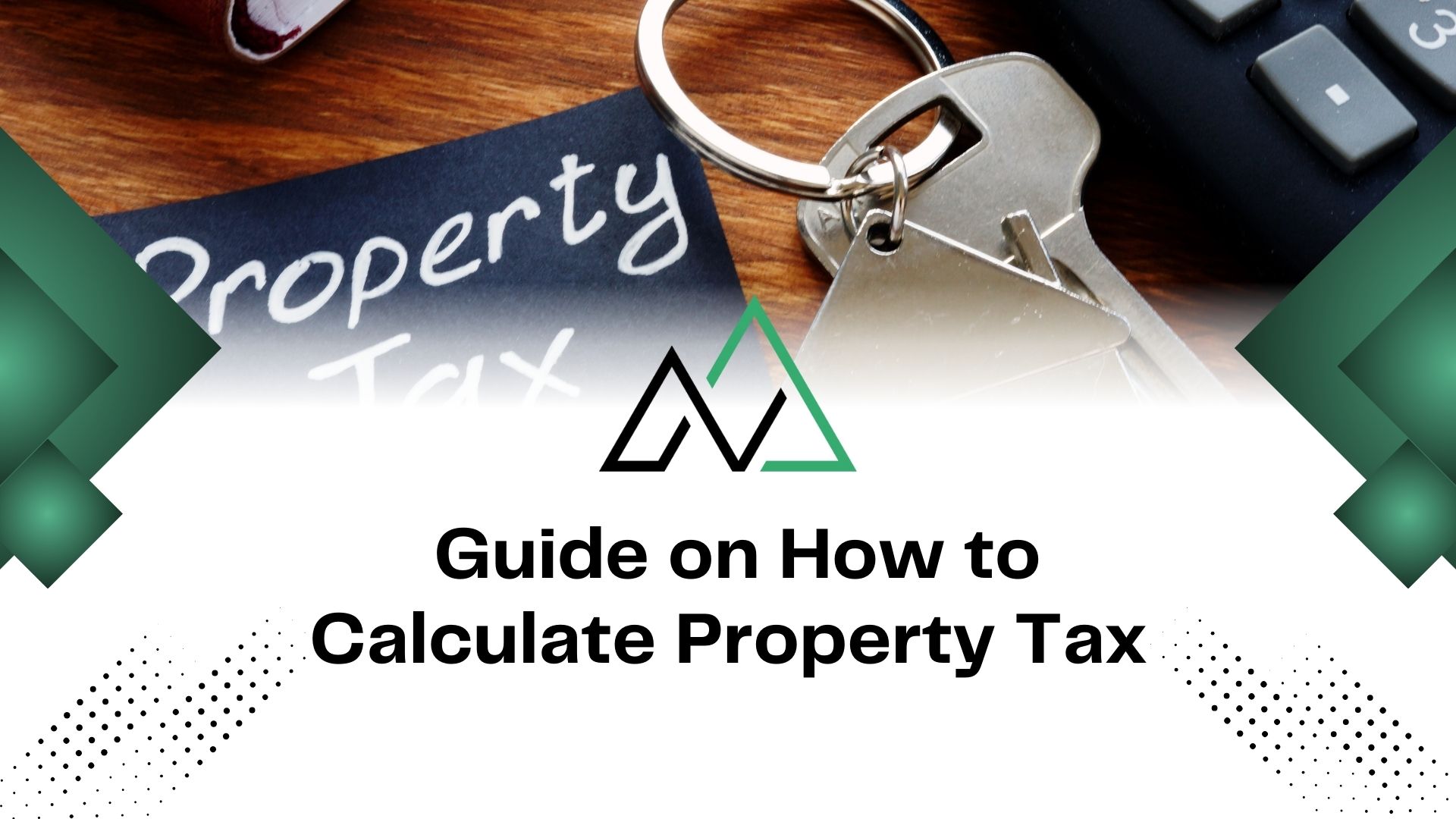Navigating property taxes can feel overwhelming, especially for first-time buyers or investors. This guide simplifies the process by breaking down key concepts like assessed value and municipal tax rates. With insights from New Homes Alberta’s experts, you’ll gain clarity on how local governments determine what you owe.
In Alberta, properties are evaluated every four years by organizations like MPAC to establish their market value. This assessed value directly impacts your annual tax bill. Municipalities then apply specific rates to fund essential services—police, fire departments, and public transit systems all rely on these contributions.
Whether you’re comparing neighborhoods or planning a purchase, understanding these factors helps you budget effectively. Our team at New Homes Alberta is here to help. For personalized advice, call (403) 305-9167.
Key Takeaways
- Assessed value forms the foundation of property tax calculations
- Municipal tax rates vary by location and service requirements
- MPAC conducts property evaluations every four years in Alberta
- Taxes directly support community infrastructure and emergency services
- First-time buyers benefit from understanding these financial obligations
- New Homes Alberta provides expert guidance for informed decisions
Understanding Property Taxes in Canada
Property ownership brings financial responsibilities beyond mortgage payments. Two primary components shape annual obligations: municipal levies and provincial education contributions. These funds support everything from road maintenance to school programs.

Municipal and Education Tax Components
Local governments collect taxes to fund services like waste management and public safety. Education taxes, though set provincially, appear on the same bill. For example, Toronto homeowners pay 0.599% municipal rate plus 0.153% education rate on their assessed value property.
Regional Assessment Variations
Assessment cycles differ across provinces. Ontario uses four-year evaluations through MPAC, while Quebec’s Montreal region reassesses every three years. This based assessed value approach ensures fairness but creates regional payment differences.
| City | Assessment Cycle | Avg. Municipal Rate | Education Tax Rate |
|---|---|---|---|
| Toronto | 4 years | 0.599% | 0.153% |
| Montreal | 3 years | 0.678% | 0.147% |
These rates directly affect what residents pay annually. A $500,000 home in Montreal would contribute $3,390 to municipality funds versus $2,995 in Toronto. Understanding these variables helps homeowners anticipate costs and compare regions effectively.
Step-by-Step: how to calculate property tax
Determining what you owe annually doesn’t require advanced math—just the right information. Start by locating your property’s assessed value, which forms the basis of all calculations. Most Ontario homeowners receive this figure through MPAC every four years.

Gathering Your MPAC Assessed Value
Check your latest assessment notice or MPAC’s online portal. This value reflects your home’s market worth during the last evaluation cycle. For example:
- A $650,000 assessment in Toronto (2023 cycle)
- A $580,000 valuation in Ottawa (2022 update)
Verify accuracy by comparing similar neighborhood sales. Discrepancies? File a reassessment request within deadlines.
Using Local Tax Rates and Adjustments
Municipal websites list current rates, which combine city levies and provincial education contributions. Calgary’s 2023 rate stood at 0.635%, while Edmonton used 0.599%. Multiply your assessment by this percentage:
$650,000 × 0.00635 = $4,127.50 annual obligation
Adjustments like used pay city infrastructure fees or school board changes can alter totals. In Mississauga, 12% of collections fund public transit well initiatives and transit well elementary programs. Always confirm rates before finalizing budgets.
Assessing Your Property’s Value and Exemptions
Property assessments form the backbone of fair taxation systems. In Ontario, these evaluations determine both municipal obligations and eligibility for financial relief programs. Let’s explore how valuations work and where exemptions apply.

How MPAC Determines Your Property’s Value
MPAC analyzes multiple factors to establish assessed value. Recent sales of comparable homes, building size, and location specifics like school districts shape outcomes. For example, a 1,800-square-foot Toronto residence near elementary secondary schools might see higher valuations than rural counterparts.
Assessments occur every four years using province-wide data. Updates account for renovations or zoning changes. Homeowners receive notices detailing their property’s market-positioned worth.
Provincial versus Municipal Exemptions
Exemptions reduce taxable amounts but vary by jurisdiction. Ontario’s provincial programs often target seniors or energy-efficient upgrades. Municipalities might offer breaks for heritage-designated properties Ontario or non-profit organizations.
- Provincial: 25% reduction for low-income seniors
- Municipal: 40% exemption for certified green buildings
School funding relies on elementary secondary tax allocations. Exemptions here could redirect funds, impacting local education budgets. Always verify eligibility through official channels before applying.
Key Factors That Influence Your Property Tax Rate
Your tax bill reflects more than just your home’s characteristics—it’s shaped by regional priorities and policies. Three core elements interact to determine annual obligations: valuation methods, municipal needs, and property classifications.
City-Specific Tax Components and Levies
A home’s value property assessment often differs from its market price. Calgary uses a 2024 market-adjusted formula, while Toronto bases figures on 2022 sales data. This gap creates noticeable rate variations:
- Calgary’s 2024 residential rate: 0.65%
- Toronto’s current levy: 0.59%
Commercial properties face higher rates—1.43% in Edmonton versus 0.98% for homes. Municipalities adjust percentages yearly to fund infrastructure projects or emergency services. Provincial guidelines cap education contributions at 0.15-0.17% across Alberta and Ontario.
“Tax depends municipality priorities—Calgary allocates 22% of collections to transit, while Toronto directs 18% to parks.”
First-time buyers should review their city’s breakdown. Ottawa’s 2024 budget shows 34% of taxes funding police and fire departments. These localized decisions explain why similar homes in different regions carry distinct financial obligations.
Local Examples: Tax Calculations Across Canadian Cities
Canadian cities apply distinct formulas to determine annual obligations. Three urban centers showcase how property market value, regional priorities, and relief programs create payment variations. Let’s examine practical scenarios and financial tools that shape budgets.
Case Studies: Toronto, Calgary, and Ottawa
Toronto’s 2024 property tax rates combine a 0.61% municipal levy with Ontario’s 0.158% education tax throughout province. A $850,000 home pays $6,528 annually—$5,185 for city services and $1,343 for schools.
Calgary uses adjusted market values. A $725,000 residence faces a 0.67% rate, yielding $4,857.50. Ottawa’s tiered system charges 0.599% on first $450,000 and 0.899% above that. A $600,000 property there owes $3,894.50.
Tax Relief and Financial Planning
Ontario’s tax throughout ontario framework includes senior rebates reducing bills by 25-40%. Calgary offers 15% discounts for energy-efficient upgrades. Ottawa provides deferrals for residents with 5-year fixed mortgage agreements during financial hardships.
- Compare rates canada select tools for multi-city rate analysis
- Use select mortgage term options to align payments with tax cycles
Toronto’s 2024 budget directs 19% of collections to education tax throughout programs. This consistent provincial rate ensures stable school funding despite municipal differences. Investors often analyze these patterns when evaluating property market value growth potential.
Conclusion
Understanding local tax obligations empowers homeowners to make smarter financial choices. Municipal revenue from these payments directly supports critical city services police units, road maintenance, and elementary secondary education systems. The province establishes guidelines, while cities adjust rates to meet community needs.
Accurate content about assessment cycles and exemptions helps residents anticipate costs. Taxes pay city services that enhance neighborhood safety and school quality. A well-informed approach to these obligations ensures alignment with personal budgets and community priorities.
By grasping how funds support well elementary secondary programs and infrastructure, homeowners contribute meaningfully to their region’s growth. For tailored guidance on managing these responsibilities, reach out to New Homes Alberta at (403) 305-9167. Let our experts simplify your real estate journey.
FAQ
What determines a property’s assessed value in Ontario?
The Municipal Property Assessment Corporation (MPAC) evaluates market trends, location, lot size, and building features. This valuation forms the basis for calculating municipal and education taxes.
Why do tax rates vary between cities like Toronto and Calgary?
Local budgets for services like policing, waste management, and public transit differ. Municipalities set rates based on revenue needs, while provincial education taxes remain consistent across Ontario.
Are there exemptions that lower taxable property value?
Yes. Provincial programs like the Ontario Senior Homeowners’ Property Tax Grant or municipal rebates for heritage properties can reduce taxable amounts. Eligibility depends on local guidelines.
How often do assessments update?
MPAC conducts province-wide assessments every four years. Current valuations reflect 2016 data until the next cycle, though municipalities may apply annual adjustments.
What’s the difference between education tax and municipal tax?
Education tax rates are standardized across Ontario to fund schools. Municipal rates fund city-specific services and vary based on local budgets and service costs.
Can tax relief programs reduce annual payments?
Programs like Toronto’s Property Tax Assistance for Low-Income Seniors or Calgary’s Climate Resilience rebates offer partial relief. Applications often require proof of eligibility.
How do levies for public transit affect tax rates?
Cities like Ottawa include dedicated transit levies in tax bills. These fund infrastructure projects and are calculated as a percentage of the assessed value.





